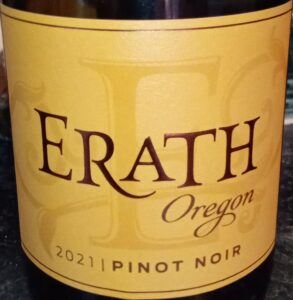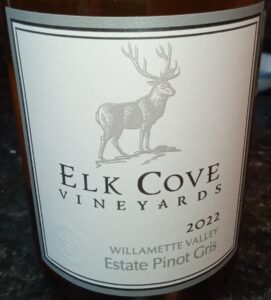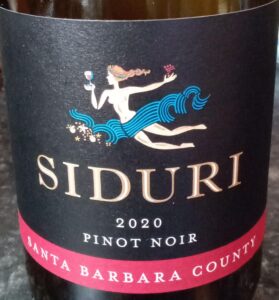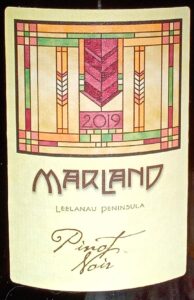“People who only know the fruit-forward California-styled Pinot Noir will probably not like this wine; hell, they might not even recognize it as being Pinot Noir.”
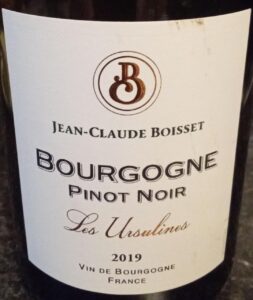
Click image to enlarge
Did you know that you can buy alcohol legally in Michigan Costco outlets without a membership? It’s true; Michigan is one of several states in which it is illegal to require a membership for alcohol purchases.
I only mention this because I’m finding good wines in the Detroit-area Costcos we shop in, and reviewing them regularly in this blog. I would hate for someone to miss out on stuff like this next one because they are under the mistaken impression that they need a membership to do so.
While a 1952 Domaine Ponnelle Bonnes-Mares continues to stand out in my memory as one of the two or three best wines I’ve ever had the good fortune to taste in my life, the fact remains that we don’t drink a lot of red Burgundy at our house. The reason for this is simple, really; it tends to be expensive, and we have always gotten better bang for our bucks elsewhere. This is a shame, because the really good stuff is, well, really, really good!
When we do go in for these oldest and most marvelous expressions of Pinot Noir, it’s usually from one of the lesser villages or even a simple Bourgogne rouge. I’d been eying this, Jean-Claude Boisset’s entry lever red, in the bins of our friendly neighborhood Costco for a while, and last week I finally decided to give it a go. In retrospect, I should have picked one up the first time I saw it, because it’s quite enjoyable.
Continue reading →

